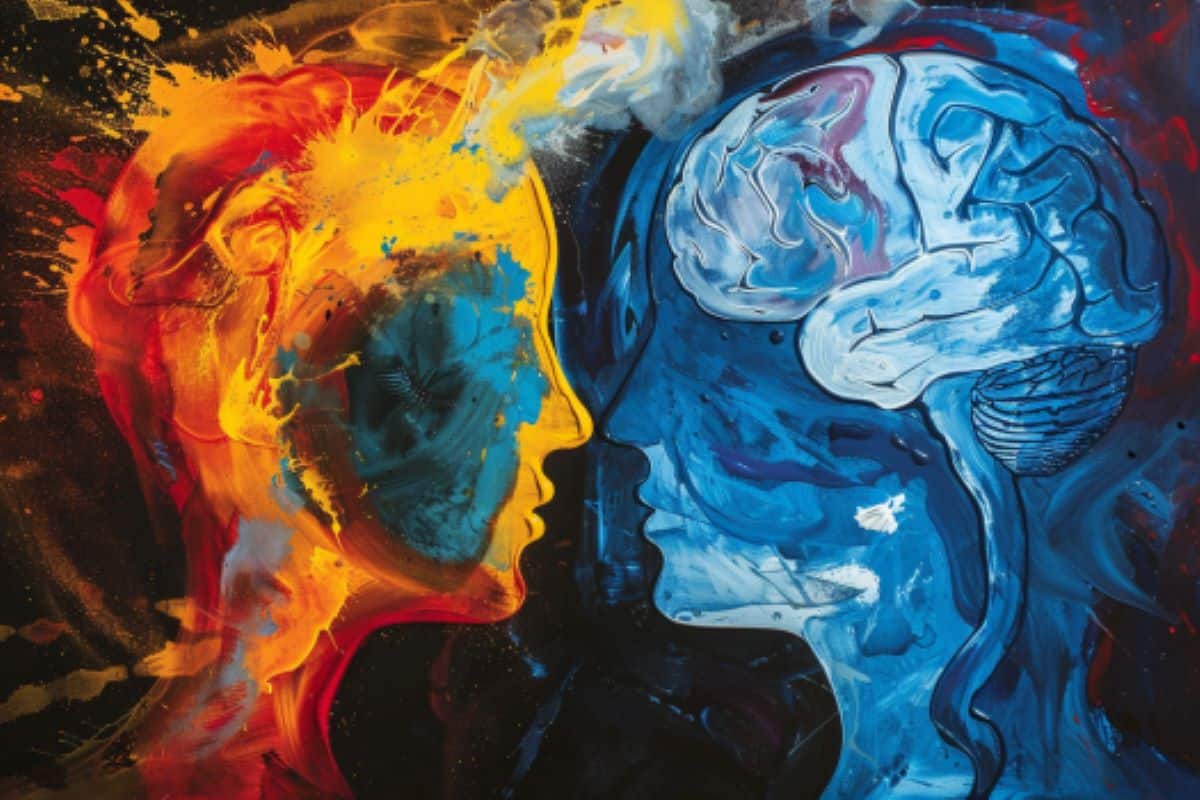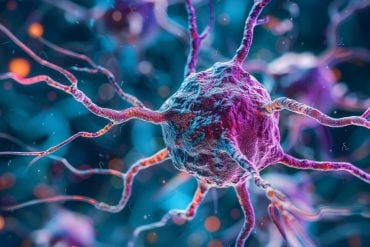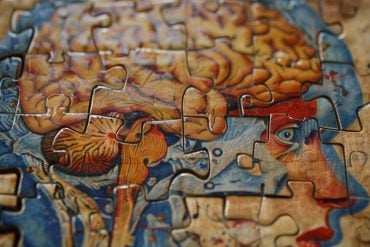Summary: Researchers found distinct neural activity in the brain when experiencing mixed emotions like bittersweetness. Using MRI scans, they observed unique patterns in the amygdala and nucleus accumbens, separate from those seen in purely positive or negative emotions.
This study helps resolve debates on how mixed emotions arise and opens doors for further research on human psychology. Future work will explore emotional reactions in group settings.
Key Facts:
- Mixed emotions elicit unique neural activity in specific brain areas.
- This activity differs from purely positive or negative emotions.
- The study used MRI scans while participants watched an emotionally evocative film.
Source: USC
In Pixar’s latest film, Inside Out 2, complex feelings like envy and embarrassment join the cast of characters. Nostalgia, however, is hurried out the door to cries of “too early!” when she appears.
If animators wish to give nostalgia more consideration in a future film, new data from researchers at the USC Dornsife College of Letters, Arts and Sciences could guide them in determining how to animate this sort of “mixed emotion.”
What’s new: In a recent study, the USC Dornsife neuroscientists found that brains display distinct neural activity when experiencing emotions such as bittersweetness.
- The advance could help solve a longstanding scientific debate: whether “mixed emotions” arise from unique activity in the brain, or if we’re just flip-flopping back and forth between positive and negative feelings.
Why it matters: Mixed emotions are a common experience, but they’ve been understudied scientifically for several reasons.
- Emotions are often thought to exist only on a spectrum from negative to positive.
- It’s easier to study one feeling at a time.
In his words: “It’s hard to evoke these complex emotions in a realistic way inside the lab,” says Jonas Kaplan, associate professor (research) of psychology and co-author of the study, published in the journal Cerebral Cortex in April.
Key findings:
- Mixed feelings elicited unique neural activity in the amygdala and nucleus accumbens areas of the brain.
- This activity was different than the brain activity seen when a subject reported a purely positive or negative emotion.
What else? The researchers could predict when someone was going to shift emotions.
- Particular regions of the brain, like the insular cortex, displayed significant changes as subjects reported an emotional transition.
“Not only did we find brain activity that was correlated with mixed emotions, but we found that it held steady over time,” says Anthony Vaccaro, lead author of the study and a postdoctoral researcher at the Neuroendocrinology of Social Ties Lab at USC Dornsife. Vaccaro recently completed his PhD in psychology at USC Dornsife.
“You’re not ping-ponging between negative and positive. It’s a very unique, mixed emotion over a long period.”
How they did it: As study subjects watched a poignant animated short film, researchers monitored their brain activity using a magnetic resonance imaging (MRI) machine.·
The researchers chose One Small Step by TAIKO Studios for its ability to evoke simultaneous happy and sad feelings. ·
After the first viewing, participants rewatched the video without MRI and indicated when they experienced positive, negative or mixed emotions. The researchers then compared these reports with the MRI imaging results.
Opportunity: The study lays out practical groundwork for future scientific research into this understudied phenomenon, research that Kaplan says would also be beneficial for understanding human psychology.
- “There’s a certain sophistication that’s required to sit with a mixed emotion and to allow yourself to feel positive and negative at the same time. Looking into that more, exploring the benefits of being able to accept positive and negativity at the same time within yourself, is something we think is worth study,” he says.
What’s next: Kaplan and Vaccaro will next look at how emotional reactions fluctuate in group settings, such as watching a movie together in a cinema.
About this emotion and neuroscience research news
Author: Ileana Wachtel
Source: USC
Contact: Ileana Wachtel – USC
Image: The image is credited to Neuroscience News
Original Research: Open access.
“Neural patterns associated with mixed valence feelings differ in consistency and predictability throughout the brain” by Jonas Kaplan et al. Cerebral Cortex
Abstract
Neural patterns associated with mixed valence feelings differ in consistency and predictability throughout the brain
Mixed feelings, the simultaneous presence of feelings with positive and negative valence, remain an understudied topic. They pose a specific set of challenges due to individual variation, and their investigation requires analtyic approaches focusing on individually self-reported states.
We used functional magnetic resonance imaging (fMRI) to scan 27 subjects watching an animated short film chosen to induce bittersweet mixed feelings. The same subjects labeled when they had experienced positive, negative, and mixed feelings.
Using hidden-Markov models, we found that various brain regions could predict the onsets of new feeling states as determined by self-report.
The ability of the models to identify these transitions suggests that these states may exhibit unique and consistent neural signatures. We next used the subjects’ self-reports to evaluate the spatiotemporal consistency of neural patterns for positive, negative, and mixed states.
The insula had unique and consistent neural signatures for univalent states, but not for mixed valence states. The anterior cingulate and ventral medial prefrontal cortex had consistent neural signatures for both univalent and mixed states.
This study is the first to demonstrate that subjectively reported changes in feelings induced by naturalistic stimuli can be predicted from fMRI and the first to show direct evidence for a neurally consistent representation of mixed feelings.







